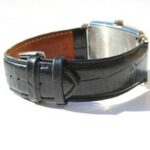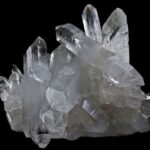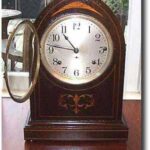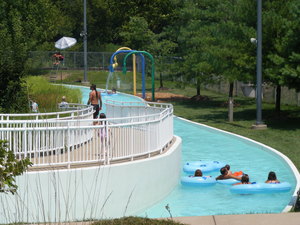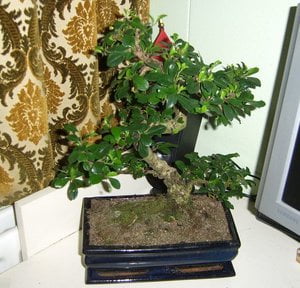Crystals have been used for centuries for jewelry, art, and dining/drinking vessels due to their beauty and often, their value as gemstones. More recently, they have been found effective in the electronics field as oscillators (which produces an alternating electronic signal), used in radios, watches and clocks, to name but a few devices. There are some people, however, who have claimed, for millenia, that crystals also possess an innate ability to affect health. Could this be possible, given their natural properties? Can the same piece of quartz, for example, that is used to operate many types of electronic circuits, help to heal your cuts or fractures?
Although not all alternative medicine practitioners agree on this issue, there are some who swear by the use of a variety of crystals in healing illnesses and injuries. There is not, however, a substantial body of written evidence to explain their position. Their beliefs are based not only on handed-down information from bygone generations, but often on first-hand witnessing of events. Unless such incidents are thoroughly investigated, it would be unfair and unwise to completely write them off.
Considering the basic electronic properties of any cell, with its electrons which cause an atom to have either a positive, negative or neutral charge, it is reasonable to say that any living tissue is capable itself of having electronic properties (try shuffling your feet on a carpet in winter then touching metal!). Therefore the possibility also exists that, even if those employing crystals for healing are unaware of the connection to the piezoelectric effects involved, something genuine may be taking place that is of benefit to the person being treated.
Having a background in the electronics field, I performed a basic experiment to check the claims of crystals’ use in healing:
Hypothesis: that a crystal can prompt or even initiate healing of a health condition. Specifically in this case, the condition was Carpal Tunnel Syndrome.
Materials Used: subject (myself), crystals (first type, amethyst, with no applied voltage; second type, sapphire with applied voltage from a phonograph); analog multimeter with probes.
Method:
- Held amethyst crystal to right wrist (afflicted with CTS), using pressure.
- Measured pulse for one minute (= 69).
- Checked DC voltage of crystal (only slight response, below 5 volts therefore unmeasurable on this meter).
- Removed amethyst; checked how wrist felt (no difference noticed). Checked pulse again (= 65).
- Repeated Steps 1 through 3, with more stress to crystal in the form of hitting it with a metal object. Checked pulse again (= 68). Checked DC voltage of crystal–still below 5 volts.
- Removed amethyst and checked pulse again (= 68).
- Applied sapphire crystal (needle on phonograph), with voltage applied. Used “scratching” technique (as hip-hop artists do) with the needle, on the wrist.
(NOTE: unable to determine voltage at the needle without destroying phonograph but it would likely be far less than the 120VAC into the machine.) - Checked pulse for one minute (= 65).
- Removed crystal; how did the wrist feel? (“Buzz”).
- Repeated Steps 7 through 9 again; pulse = 69. Wrist felt “buzz” again for a short time after removal of the crystal.
- Concluded by checking pulse after a one-minute rest (= 64).Conclusions:
In the first part of the experiment, with no applied voltage to the amethyst, the meter’s needle barely budged (measuring below 5 volts DC). This shows there was some slight activity during the holding of the crystal against the wrist while it was being stressed in different ways. However, no difference was felt by the subject. The pulse variations were negligible.When the AC voltage-supplied crystal (sapphire) was used, with friction, there were a few differences observed. First, the wrist area felt the “buzz”–much in the same way as when a TENS unit is employed. These effects wore off shortly after the end of the application. The pulse variations, this time, were slightly greater although they could be explained by the subject also being the experimenter.
To draw a definite conclusion from this experiment, more information would be needed, such as what differences may be found between the amethyst and the sapphire? According to those involved in healing by crystals, each type of stone has a specific purpose. In the electronics field, however, a crystal is a crystal. The results have, however, given just enough evidence to show that, by using the inherent properties in crystals, some value can be derived for health benefits. This does not prove that crystals alone can or cannot produce healing actions. Based on the piezoelectric effects it can be stated that crystals should be explored more for their potential role in stimulating nerve cells and other living tissue. Just as quartz is today used in inexpensive applications such as watches, the average person could, in the future, use crystals in simple, inexpensive devices for health purposes.
Sources:
http://www.piezomaterials.com/


